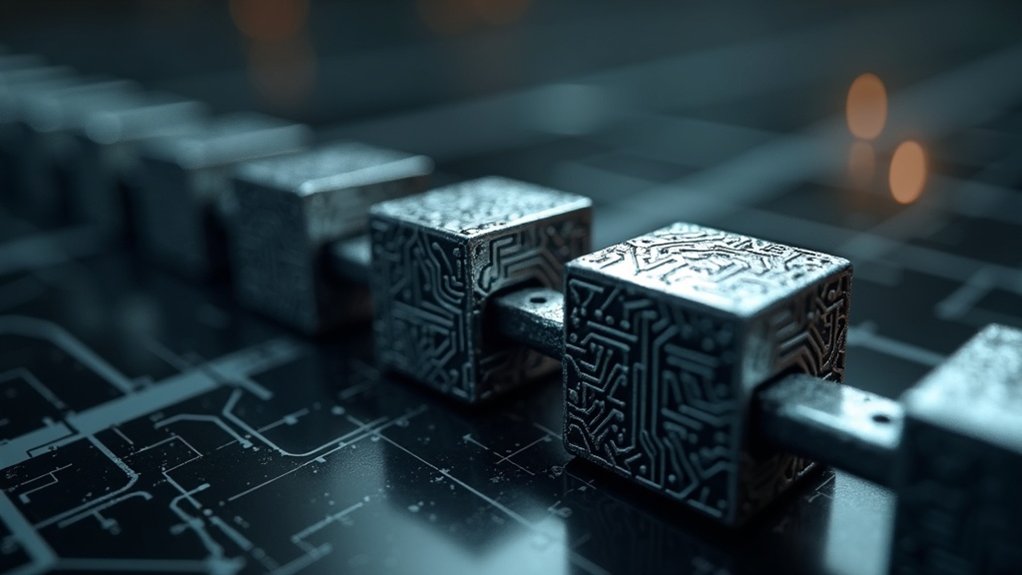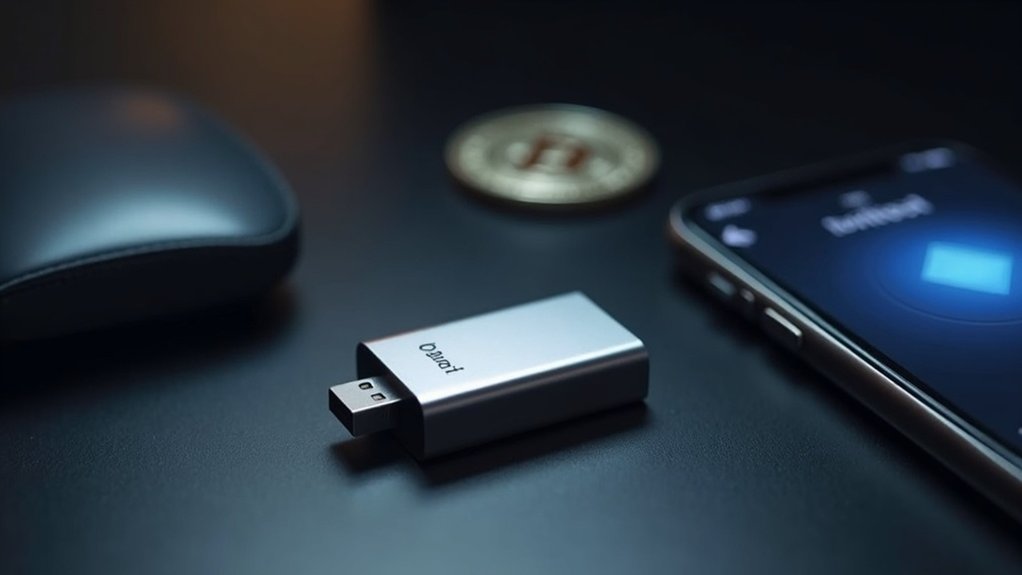Crypto mining profitability varies wildly. Bitcoin miners collectively earn about $20 million daily, but individual gains depend on equipment, electricity costs, and location. Mining machines cost between $2,000-$20,000, creating a steep barrier to entry. Network difficulty keeps increasing—hitting 113.76 trillion by mid-2025—while rewards keep shrinking after halvings. Corporate players dominate now, not bedroom miners. The days of easy mining riches? Long gone. The full story gets even more complicated.
Just how lucrative is the world of crypto mining? The numbers are pretty wild. Bitcoin miners collectively rake in about $20 million worth of Bitcoin daily—roughly $600 million each month as of early 2025. Not exactly pocket change.
But don’t quit your day job just yet. Mining rewards have taken a hit, dropping from 6.25 BTC to 3.125 BTC per block after the April 2024 halving. And guess what? They’ll drop again to 1.5625 BTC around 2028. Brutal.
Sentinum, one player in this game, pulled in $1.8 million in July 2025 by mining 15.9 BTC. Year-to-date, they’ve accumulated 119.6 BTC. Good for them.
The barrier to entry? Steep. Mining machines cost anywhere from $2,000 to $20,000. And that’s just hardware. The real kicker is efficiency. Less efficient machines are getting shut down despite Bitcoin’s high prices. Miners use specialized proof of work systems to validate transactions and earn their rewards.
Electricity costs are a killer. A few manufacturers—Bitmain, MicroBT, Canaan—pretty much control who gets what equipment. Not exactly a level playing field.
Competition? Fiercer than ever. Network difficulty hit 113.76 trillion by mid-2025. That’s a lot of zeros. It adjusts every two weeks to maintain that 10-minute block time. The halvings don’t help either, squeezing margins and forcing out the little guys.
Mining pools and massive data centers are becoming necessities, not luxuries. Each new block typically appears every 10 minutes as the network processes transactions.
Location matters too. Miners in regions with cheap electricity laugh all the way to the bank. Texas miners face grid issues and potential shutdowns during peak hours.
Some smart operators join demand response programs to cut costs when the grid gets stressed. Renewable energy access is becoming a competitive advantage.
The reality? Mining isn’t the gold rush it once was. It’s big business now. Industrial scale. Corporate players. Massive capital investments.
Sure, there’s money to be made—but you better know what you’re doing. And have deep pockets. Really deep. Comprehensive statistics tracking mining revenue trends from 2009 through 2025 show just how volatile this industry can be.
Frequently Asked Questions
What Crypto Hardware Has the Fastest ROI?
Currently, the Bitdeer SealMiner A2 Pro Hyd offers the fastest ROI in the crypto mining market.
With 500 TH/s hashrate at just $3,958, it strikes the perfect balance between cost and performance.
The Bitmain S21e XP Hyd? More powerful, sure—but costs over $17K.
Electricity matters too. Location can make or break profitability.
Cloud mining through ZA Miner provides zero hardware investment alternatives.
Bottom line? Efficiency beats raw power for quick returns.
Is Mining Legal in All Countries?
No, crypto mining isn’t legal everywhere. It’s explicitly banned in China, Algeria, and Morocco. Period.
Some countries welcome miners with open arms – the US, Canada, and parts of Europe have clear rules and sometimes even incentives.
Then there’s the gray zone countries like Russia and India. Rules change constantly.
Environmental concerns are pushing more restrictions too. Mining in the wrong place? Your equipment might get confiscated. Or worse.
How Does Mining Affect My Electricity Bill?
Crypto mining will skyrocket your electricity bill. Period.
It’s an energy vampire, consuming power 24/7 at near-maximum capacity. A single mining rig can add hundreds of dollars monthly depending on local rates. Some miners burn through 1,200 kWh per Bitcoin transaction—equivalent to running your AC for weeks.
The hardware runs hot, demanding even more electricity for cooling. Many miners flee to areas with dirt-cheap power for this exact reason. Not exactly wallet-friendly.
Can Mining Damage My Computer Hardware?
Yes, mining can absolutely damage computer hardware. Regular computers aren’t built for this punishment.
The constant high workload generates excessive heat—GPUs and processors run hot for hours, degrading performance and shortening lifespan. Components wear out faster. Some miners have literally melted their graphics cards.
Power surges threaten sensitive electronics. The average mining device lasts only 1.3 years before becoming e-waste. Not to mention the fire risks from overheating.
Hardware wasn’t designed for this abuse.
Are There Eco-Friendly Alternatives to Traditional Crypto Mining?
Yes, eco-friendly alternatives exist. Proof-of-Stake (PoS) and its variants use 99% less energy than traditional Proof-of-Work mining.
Crypto projects like Algorand and Cardano already employ these greener consensus mechanisms.
For those sticking with mining, renewable energy integration is gaining traction. About 29% of Bitcoin mining now uses renewables.
Some operations even repurpose mining heat for district heating or greenhouses.
Mining’s not exactly saving the planet, but these alternatives are definitely less terrible for Mother Earth.









